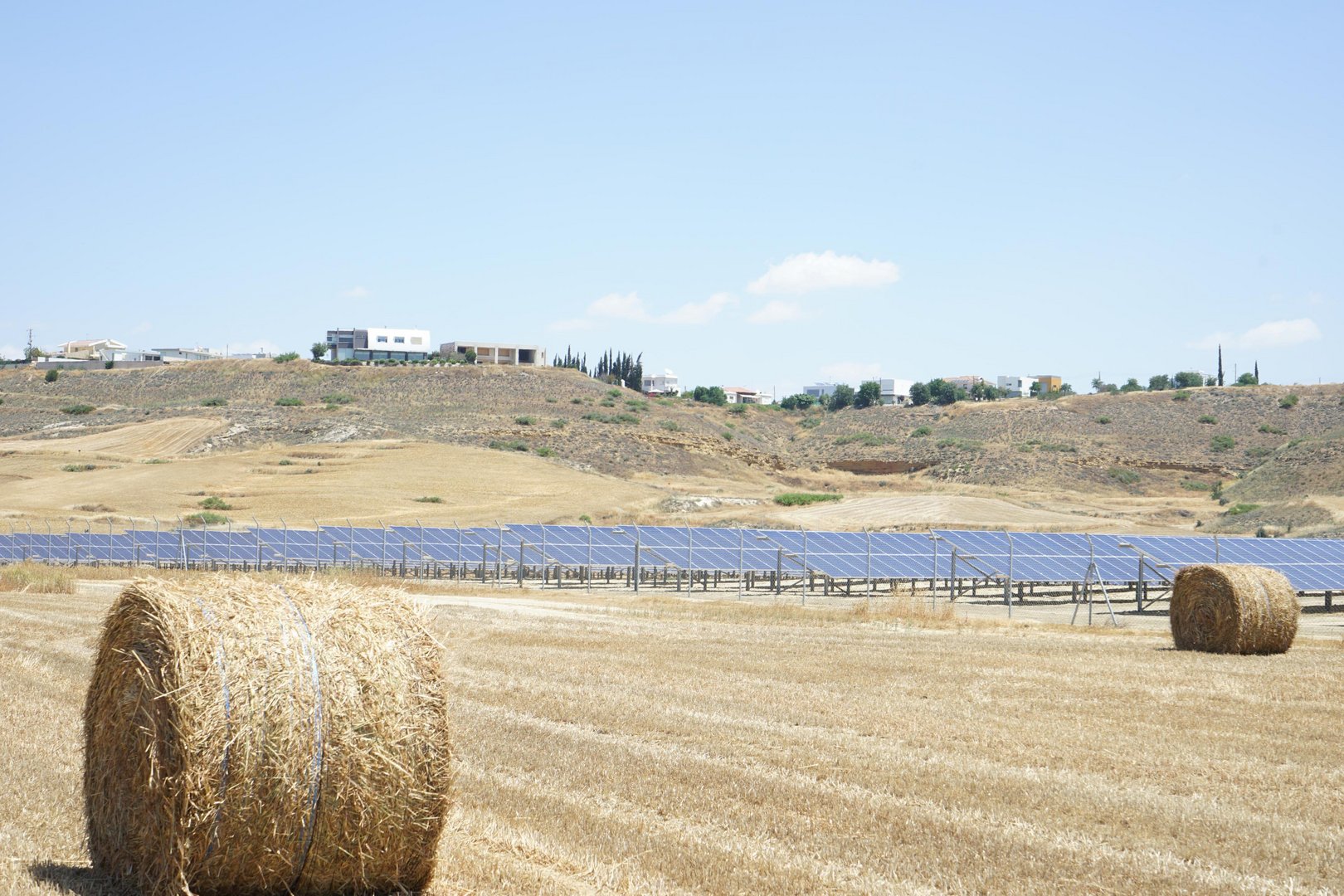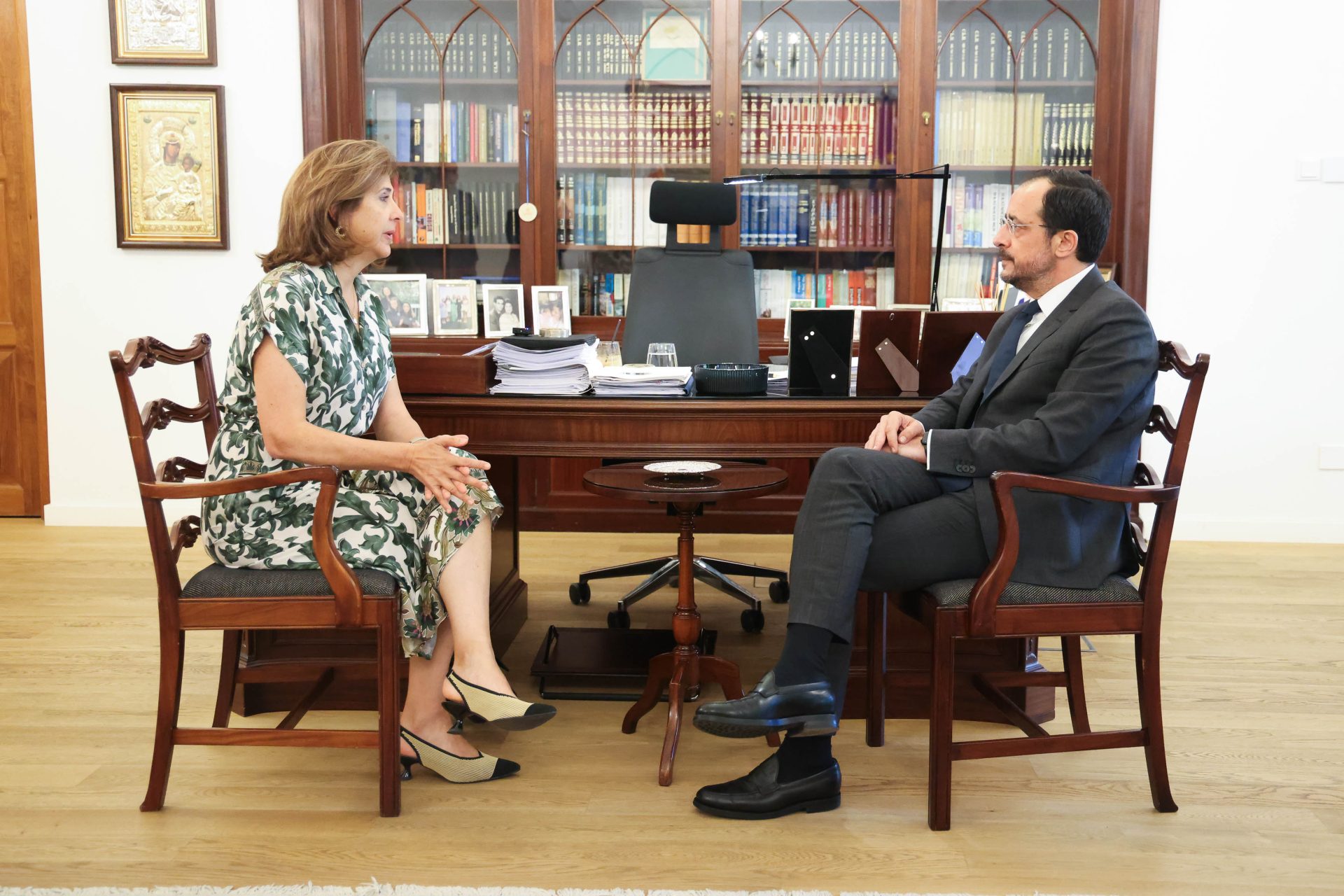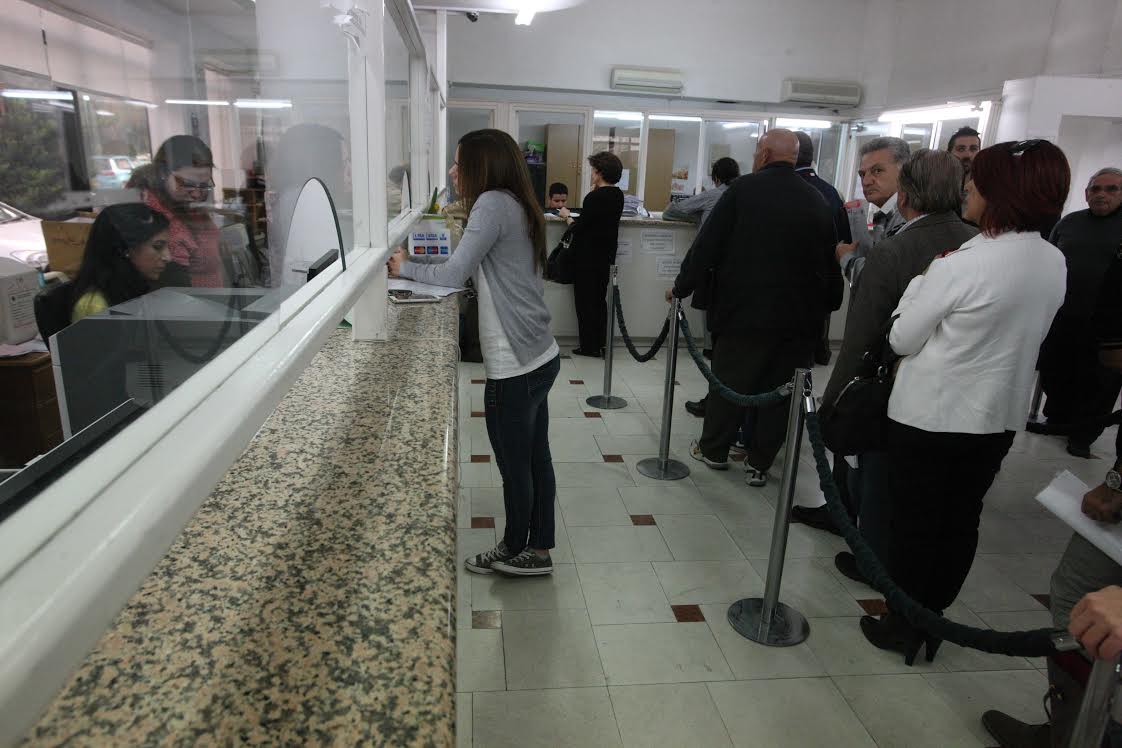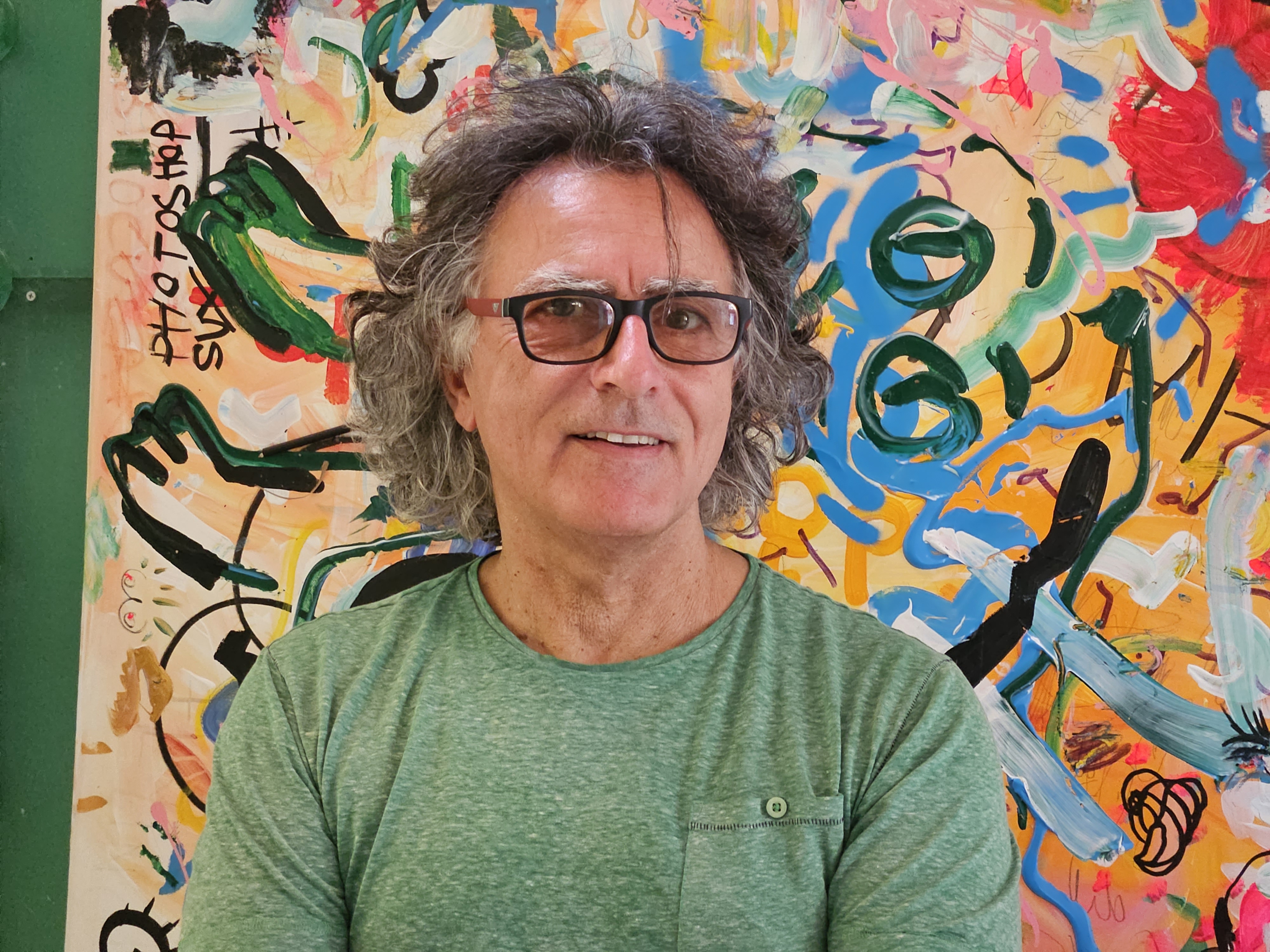Solar energy parks are sprouting up like mushrooms, House agriculture committee chair Yiannakis Gavriel said on Friday during a session on the issue after it emerged that 47 facilities had been built on reforested land.
Gavriel called on the government to introduce in its ongoing revisions of the ministerial order determining the development of solar parks, prohibitive provisions for land surveying in areas of cultivation and fertile irrigated agricultural land.
The revision of the ministerial order is expected to be completed in about a month, the committee heard.
Energy Minister George Papanastasiou, who also attended the session, said that any development needs correct handling so as to not harm agricultural land.
Expressing his agreement, Agriculture Minister Petros Xenophontos told the committee that the installation of solar panels is prohibited in 900 out of the 1,300 square kilometres of available agricultural land in government-controlled areas, as they are migratory bird corridors, protected areas or part of the Natura network.
He said that his ministry had drawn up a plan in November 2022 for dual use and based on this, 79 applications have been submitted, of which 24 have been approved, while for now they have stopped accepting applications for agro-photovoltaics.
As explained by the town planning department director Kyriacos Koundouros, the placement of solar parks and wind farms is governed by the ministerial order of 2006 which prohibits their installation in specific areas, such as Natura areas or environmentally sensitive spaces.
The rest of the land is designated as C areas, regardless of whether it is fertile arable land or not. He noted that if a photovoltaic park is installed in area C, it does not mean that it is necessarily fertile land.
The committee heard that between January 2019 and the end of 2022, some 541 out of 778 applications for solar parks were approved and granted licences, with 83 rejected and 154 still pending.
Of the 541 approved, 47 are in reforestation areas, but 32 of them are in particularly dry areas, and in certain cases, like Ayios Ioannis Maloundas, in or around livestock areas which remain largely unexploited.
Only in seven cases out of 541, the parks are located on arable land, which “is negligible,” he said.
Deputies expressed concerns about the use of agricultural land for solar parks, with Akel’s Valentinos Fakontis saying that the primary sector must be protected, especially in the context of grain shortages as a result of the war in Ukraine.
Meanwhile, Elam deputy Linos Papayiannis suggested that public buildings could be used for this purpose instead of fertile land, adding that it should be concerning that farmers with financial problems consider giving up their land for the construction of solar parks.
The Green Party’s Charalambos Theopemptou pointed out a recommendation by the European Commission for a bioeconomy policy for food production and food security, saying that instead of “taking care of our fertile land we give it to businessmen to make super profits”.
Meanwhile, representatives of agricultural organisations said that the Protected Designation of Origin (PDO) of halloumi could be at risk without enough fertile land left, since according to the PDO regulation, animals must feed on at least 50 per cent local grains.
Without it, they questioned where these grains would be grown.







Click here to change your cookie preferences